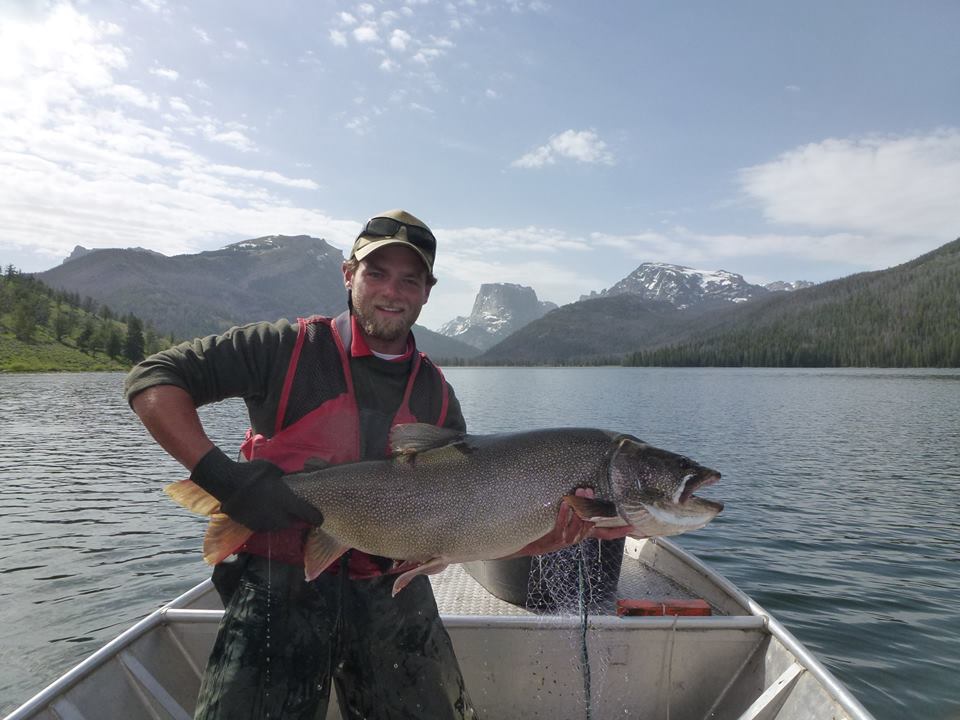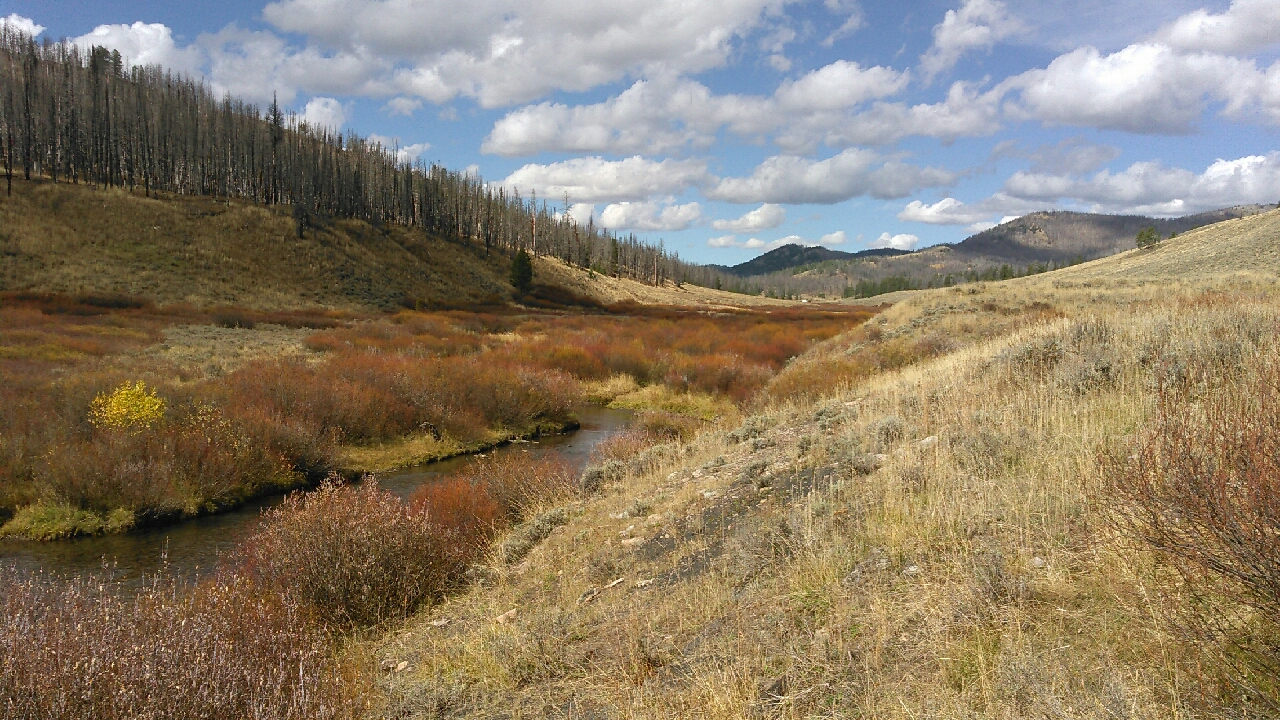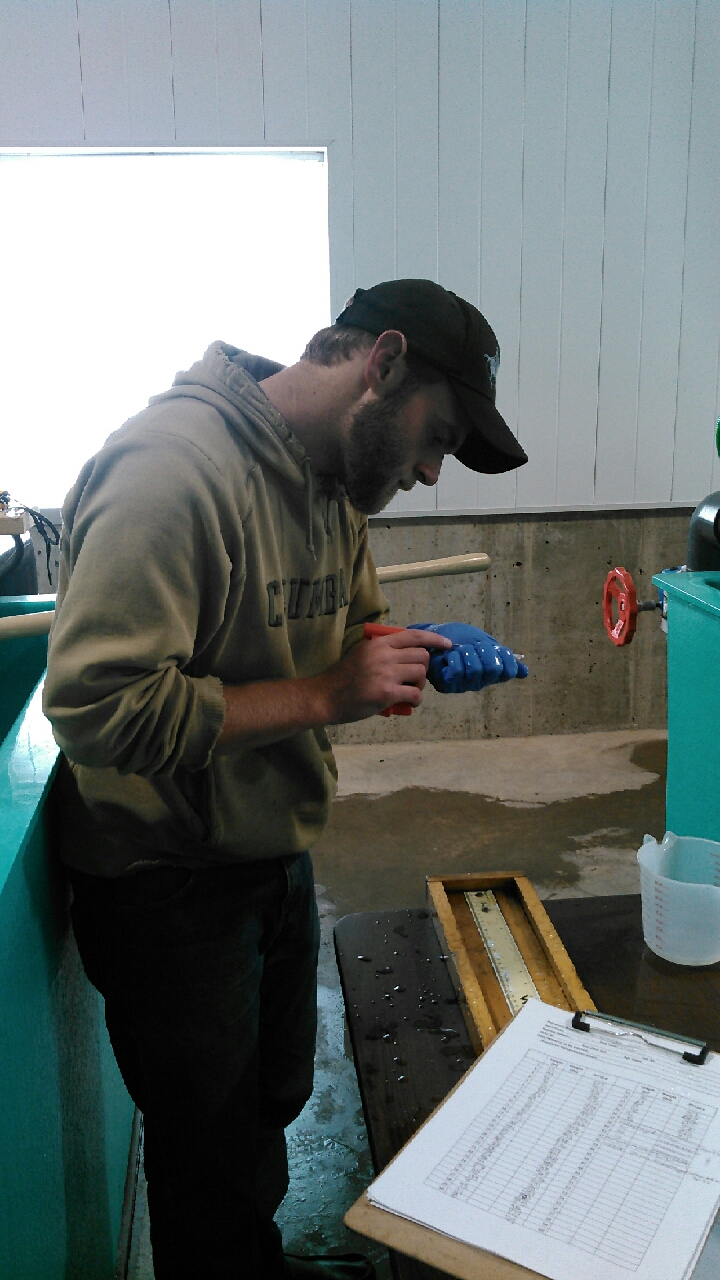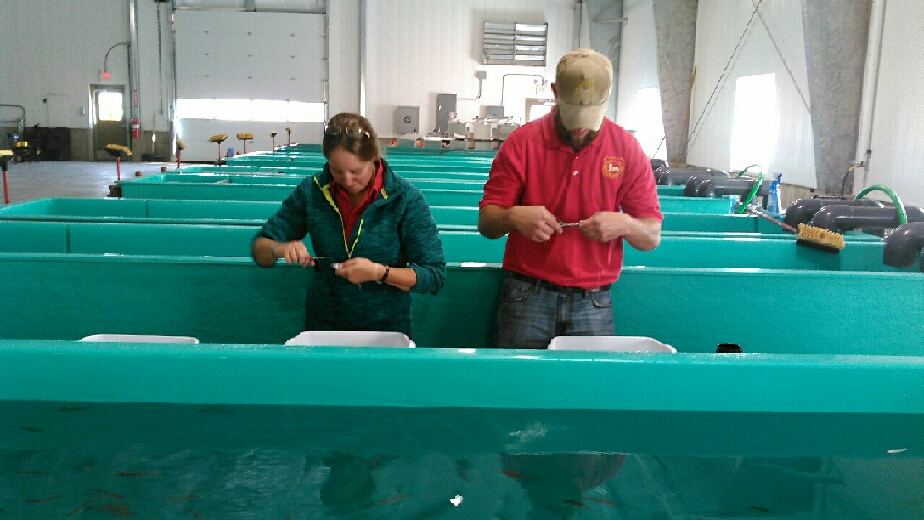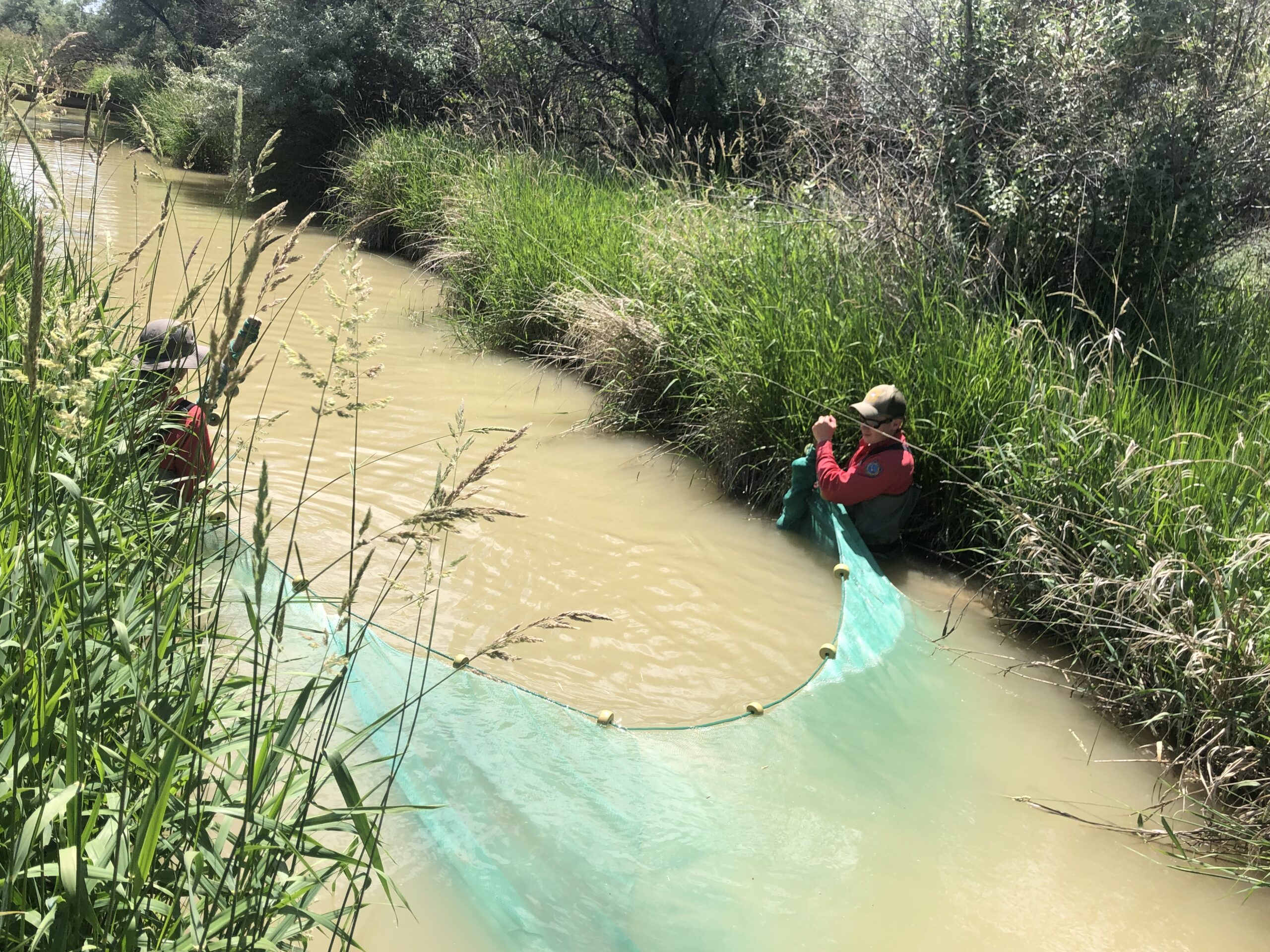Colorado River Cutthroat trout (CRC) populations have declined significantly across their range. Currently, conservation populations of CRC occupy an estimated 11% of their historic range. In Wyoming, CRC are classified as a species of greatest conservation need (NSS2). Causes for decline include climate change, habitat degradation, and introduction of non-native salmonids that hybridize with CRC.
In the summer months of 2012 and 2013, we will assess the current and future impacts of energy development on the fishes of the Wyoming Range.
We hypothesize that the structure of fish assemblages relates to habitat conditions which may be altered by drilling practices and associated infrastructure. Ecological disturbances include but are not limited to: increased road densities and vehicle traffic; fragmentation of terrestrial and aquatic habitats; and pollution of air, water and soil. Large information gaps exist regarding the effects of these disturbances on aquatic ecosystems. By comparing fish assemblages, riparian condition, sedimentation rates, and water quality and quantity between active energy development sites and “reference” sites we will evaluate the impacts of resource extraction on the fish communities of the Wyoming Range. “Reference” sites will be chosen to intentionally include proposed drilling areas. This will benefit our study in two ways; first, it will allow us to forecast impacts related to oil and gas development in the future, and it will provide an excellent baseline data set for comparison post-drilling. Our overall goal is to document current ecological impacts that are affecting fish assemblages as well as predict how future development will impact presently undisturbed areas.
LaBarge Creek watershed, located in the Western Wyoming, has been the site of a large scale CRC restoration project since 1999. A fish barrier was constructed on the main stem of LaBarge Creek in 2002, aiming to exclude non-native fish from the system. Following the installation of the fish barrier, non-native fish were removed above the barrier via chemical treatments and mechanical methods. CRC stocking began in 2007 and continues currently. Despite consistent stocking efforts, it is unknown why CRC establishment has continued to fail.
This study will evaluate survival and emigration of stocked CRC in conjunction with multiple rearing/ stocking strategies. Fish movement will be monitored using Passive Integrated Transponder (PIT) tags over a period of two years. By PIT-tagging fish, we will be able to monitor emigration from the system, the timing of movement, and whether emigration is related to shifts in environmental conditions. By comparing establishment between fish stocked at differing times/ sizes, we may also be able to identify an optimal rearing/ stocking strategy in an attempt to improve future management practices.
Contact
Alex LeCheminant, M.S. Student
Department of Zoology and Physiology
Wyoming Cooperative Fish and Wildlife Research Unit
Dept. 3166, 1000 E. University Avenue
Laramie, WY 82070
alechemi@uwyo.edu
Annika Walters, Assistant Unit Leader
Fisheries / Assistant Professor
Wyoming Cooperative Fish & Wildlife Research Unit
Dept. 3166, 1000 E. University Avenue
Laramie, WY 82070
annika.walters@uwyo.edu
office: (307) 766 5473
Project Lead
Alex LeCheminant completed his MS in the Wyoming Cooperative Fish and Wildlife Research Unit at the University of Wyoming in 2019. He is currently a fisheries biologist with Wyoming Game and Fish Department. MORE »
